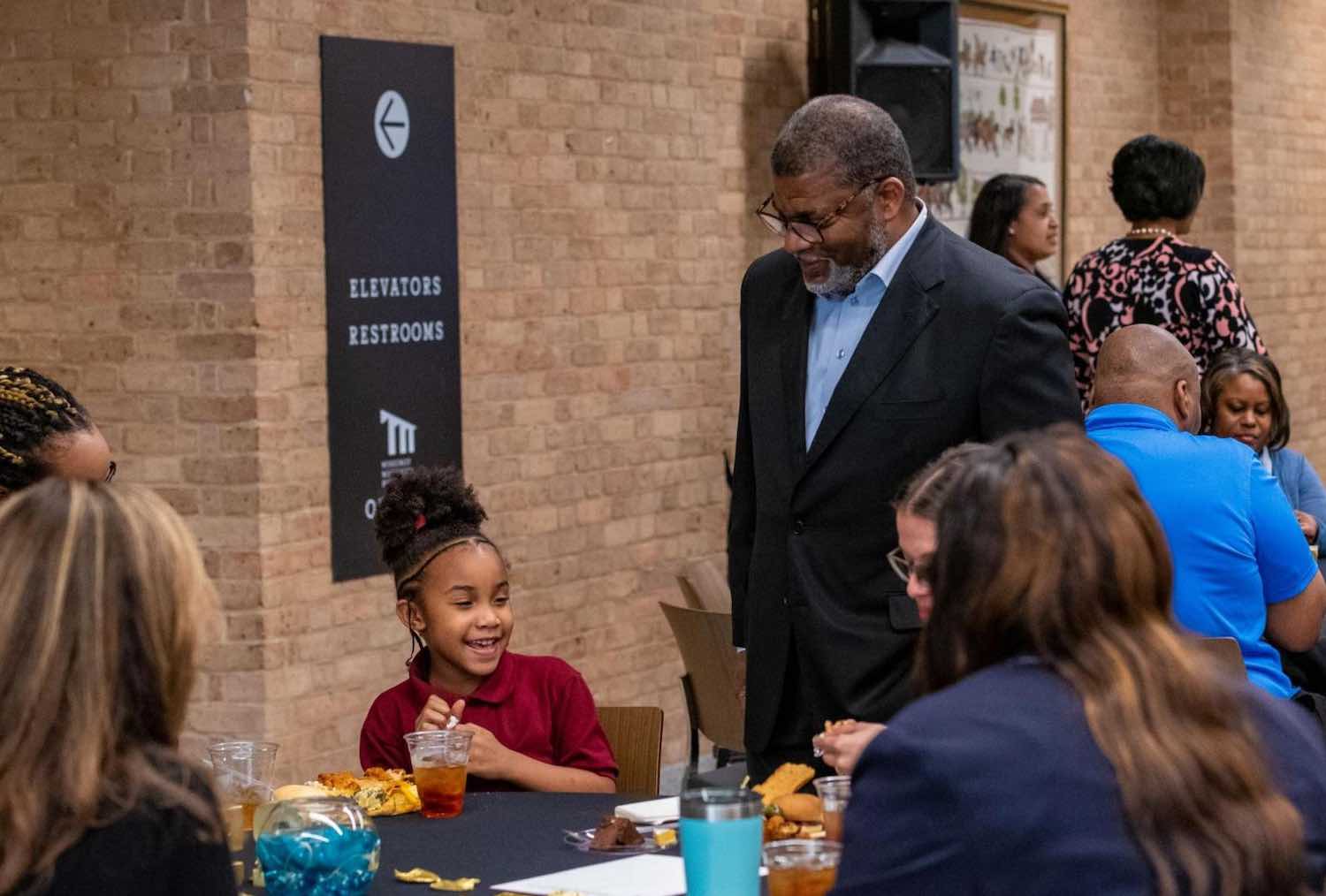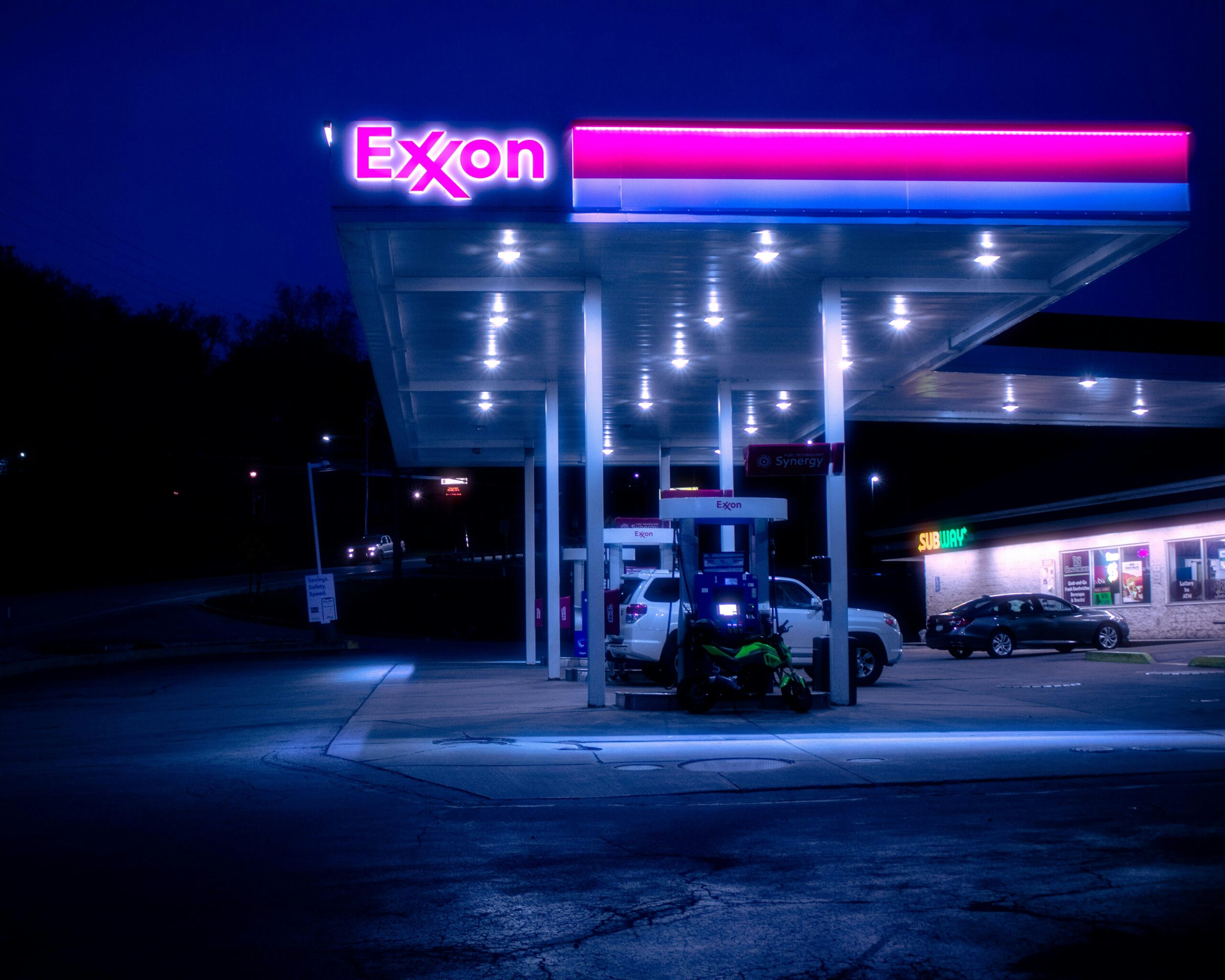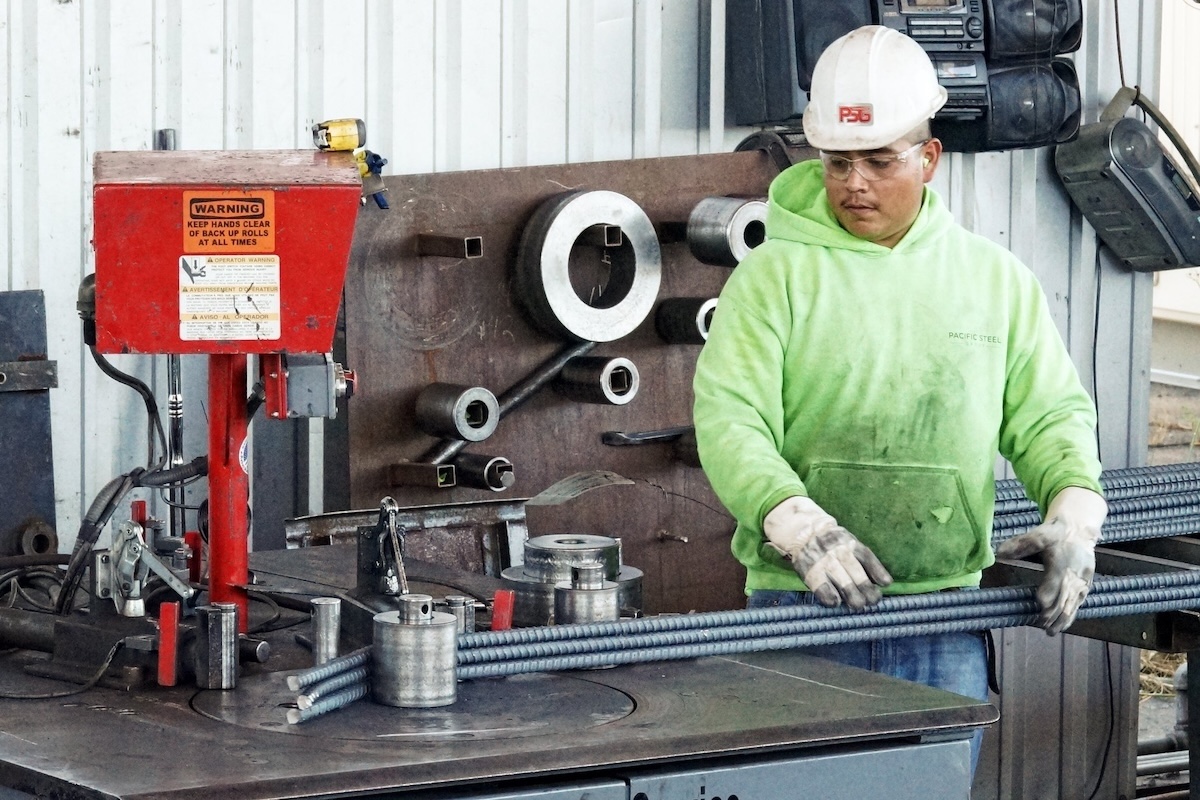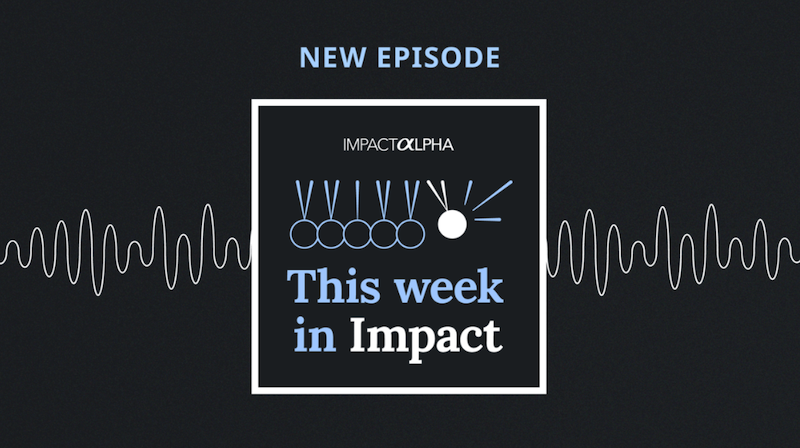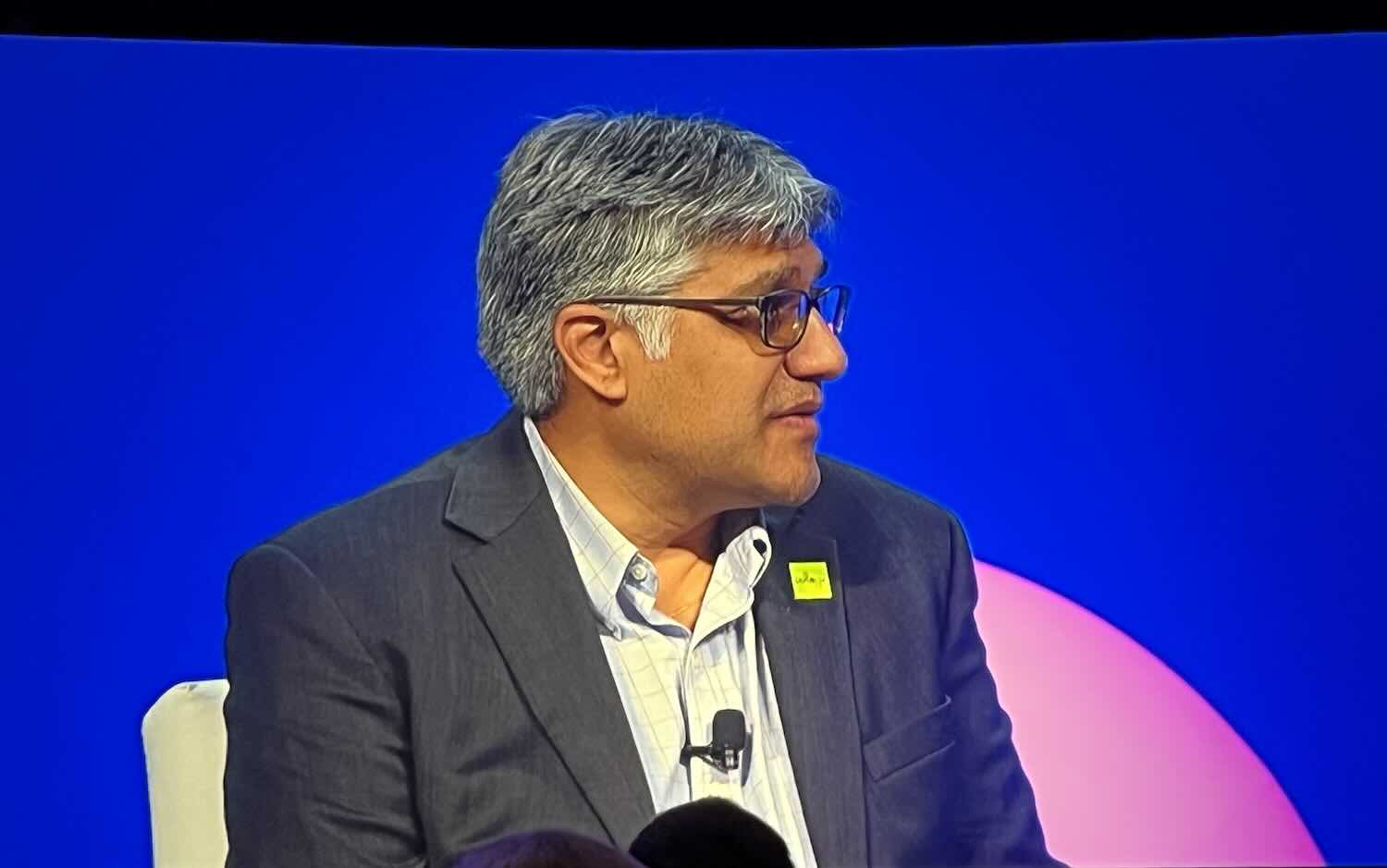Netflix and Goldman Sachs are in vastly different businesses, but in formulating their responses to the racial crisis facing America, these corporations came to a similar conclusion: both bet big on Black-controlled financial institutions.
Other corporations should follow their example.
Community Development Financial Institutions (CDFIs) and Minority Depository Institutions (MDIs) led and owned by Black people have a disproportionate impact on improving conditions in Black communities. Black firms are twice as likely to apply for financing at credit unions, and three times more likely to seek financing at CDFIs than their white counterparts, a 2019 Federal Reserve survey found. Black banks originate a substantially higher proportion of mortgages and small business loans to Black borrowers than non-minority banks, according to the FDIC.
By channeling capital to Black-owned businesses, these financial institutions have a critical role to play in closing the racial wealth gap. The gap between white and Black household wealth hovers around 13 to 1; among Black and white business owners, it shrinks to 3 to 1.
The communities served by these financial institutions are often economically poor. But the entire economy benefits when they have access to capital. Across the nation, there are 2.58 million Black-owned businesses, generating $150 billion in revenue and supporting 3.56 million jobs. They are the fastest growing segment of the nation’s small business owners.
Yet, despite their demonstrated ability to deploy capital successfully in often overlooked places, Black-controlled financial institutions grapple with capital challenges similar to the communities they serve.
From 2001 to 2018, the number of Black-owned financial institutions declined by more than half, leaving just 21 Black-owned banks in the United States, CNBC reported. Not one manages over $1 billion (although a recently announced merger of two Black-owned banks, Broadway Financial and City First Bank, could change that). Likewise, White-led CDFIs are more than twice the size of Black-led CDFIs.
How community banks and local lenders are bridging racial gaps in COVID recovery
Banks and credit unions rely, in part, on low-interest deposits to fuel their lending. That puts financial institutions working in low-income areas that have been subject to extractive policies at a disadvantage. For example, HOPE Credit Union is based in the Deep South, one of the nation’s poorest regions. Its credit union members have, on average, just $1,500 on deposit.
Transformational deposits
In recent months, some of the nation’s most recognizable corporations have taken important steps to close these gaps. Netflix’s $100 million commitment to support Black-owned banks and financial institutions garnered wide attention. The streaming giant’s first investment was a $10 million “transformational deposit” in Hope Credit Union.
Netflix to move $100 million in cash deposits to lenders in Black communities
Through HOPE’s Transformational Deposit program, deep-pocketed investors make low-cost deposits (paying .1 % interest) to import capital into wealth-starved communities, which HOPE uses to improve conditions in Black communities. Netflix’s deposit will enable HOPE to make at least 2,000 loans to entrepreneurs and homebuyers and help people in Black communities climb the economic ladder.
The significance of these deposits in places like Itta Bena, a rural town in the Mississippi Delta where HOPE is the town’s only financial institution, cannot be overstated. Here, the total deposit base is roughly $1.2 million – hardly enough to meet the small business, mortgage and consumer loan demands of its residents. Just five fully-insured deposits of $250,000 would exceed the total available deposits in communities like Itta Bena, importing life-changing capital into a place where institutional barriers continue to impede the ability of Black residents to build wealth.
Netflix’s investment has inspired other organizations that want their dollars to promote racial and social justice to make similar moves. To date, 125 transformational depositors, from large companies like J2Global and Chipotle to smaller businesses and individuals across the nation, have made deposits totaling nearly $25 million in HOPE.
COVID relief
Goldman Sachs’ commitment built on the success of its 10,000 Small Businesses program, through which it has worked with CDFIs to provide capital, education and other support to entrepreneurs across the nation. The investment bank has invested more than $1 billion in CDFIs over the past decade.
This partnership was prominently on display in the wake of the COVID crisis, as small businesses, especially those in distressed areas, struggled to stay afloat. Goldman Sachs invested heavily to help CDFIs fill gaps in the Small Business Administration’s Paycheck Protection Program, or PPP, in underserved communities. The Wall Street bank extended a $85 million credit facility as well as grant funding to HOPE, enabling HOPE to make over 3,000 PPP loans totaling $85 million from April through August.
For context, during normal times, HOPE makes roughly 50 business loans in an entire year.
The majority of HOPE’s PPP loans went to Black-led or -owned businesses located in Black neighborhoods. HOPE’s average loan was less than $30,000, far below the $100,000 national average for PPP loans.
While many of the loans were small, they were vital. One example: a loan to a nonprofit in Drew, Miss., that operates a food pantry and provides enrichment programs for youth. The nonprofit’s $18,000 PPP loan was a financial lifeline that enabled the organization to retain staff and to inspire hope in a poverty-stricken community.
The owner of a New Orleans pest control company came to HOPE because he was “in desperate need to get clients served and keep employees afloat.”
It is important to note that while low-cost deposits and debt are important, in the absence of equity or grant support, their impact is limited. As noted above, Black controlled financial institutions are substantially undercapitalized compared to their white peers. As they have demonstrated over the years, and more recently with PPP, when adequately capitalized, no one is better than these first responder lenders at unlocking latent opportunity in wealth-starved communities.
Last week, the Business Roundtable released its agenda on Racial Equity, an important statement by the nation’s largest companies about the importance of closing the racial opportunity gap in America. As part of that, Roundtable members committed to an aggregate $1 billion in support of community lending institutions and another $600 million in capital and deposits for MDIs by 2025.
As BRT members and other corporations look to put this agenda into action, they should take note of, and follow the lead of Netflix, Goldman Sachs and others. Making substantial, sustained and focused investments in Black-controlled financial institutions ensures that people of all races have access to the resources needed to realize their potential.
Bill Bynum is the founder & CEO of Hope Enterprise.



